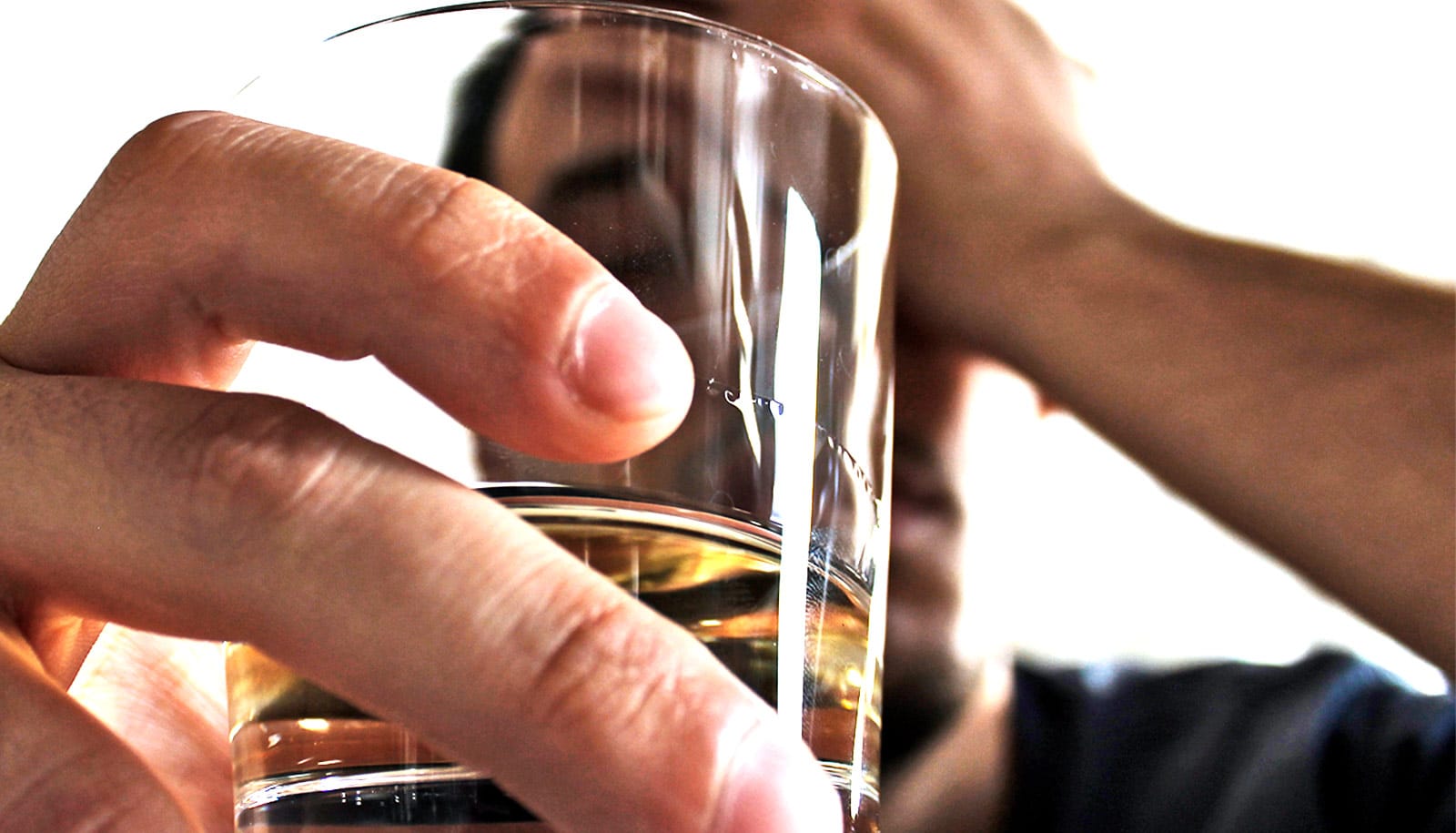
In the beginning, in part because virtual systems weren’t yet set up, telehealth and other resources might not have been as effective or robust as they could have been. It was a foreign idea that people had to wrap their heads around very quickly, and everyone was scrambling to try to get structures in place. But there’s been perhaps a hopeful byproduct of COVID for some people who, even before the pandemic, were having trouble getting to support meetings or accessing help.
Now we know how to offer support online, and, if you wanted to, you could attend a 12-step meeting over Zoom every hour of every day, across the globe—there is always a meeting happening that anyone with access to technology can join. For those without access, traditional supports are operating again.
As for taking the first steps to dial back on consumption that might have increased during the pandemic, it’s interesting: alcohol consumption went up during COVID, particularly in 2020. That’s a fact. However, there was nationally representative data from that year that showed that in the last quarter, 85% of people perceived that, as a result of COVID, they drank the same or less. In other words, only 15% of people perceived that they drank more. So one thing we need to do is really take a look at our patterns. Ask yourself: have they changed from what they were before COVID? Even if people don’t feel that there’s a problem, just looking and asking, “What does an extra drink a day, or an extra two drinks a week, mean for my long-term health?” can be important.
Also, if people are concerned about their own alcohol use or about a friend or loved one, they can speak up. The US Department of Health and Human Services has a great resource for talking with a loved one about their drinking. They can tell a loved one that they’re worried or recommend that they talk to their healthcare provider about their drinking. There are screening tools available online, there are programs that can help connect people with the kind of emotional support they might need. These tools are important, because getting help might be very scary—but it’s also true that the earlier the better. Identify it, and then help, support, and treatment can unfold from there.